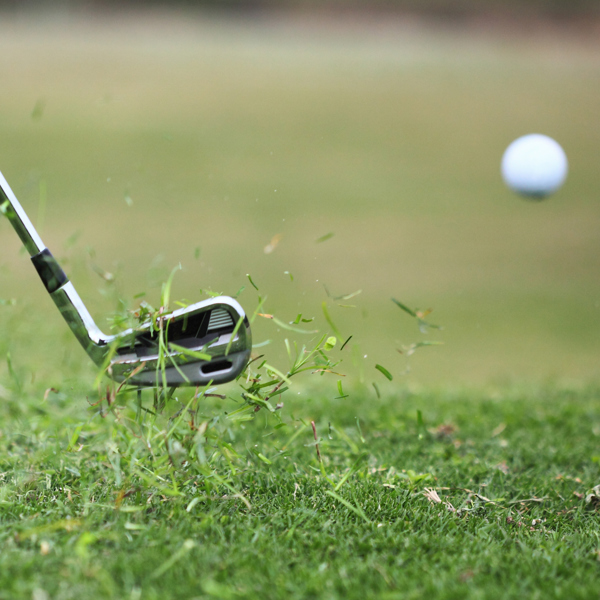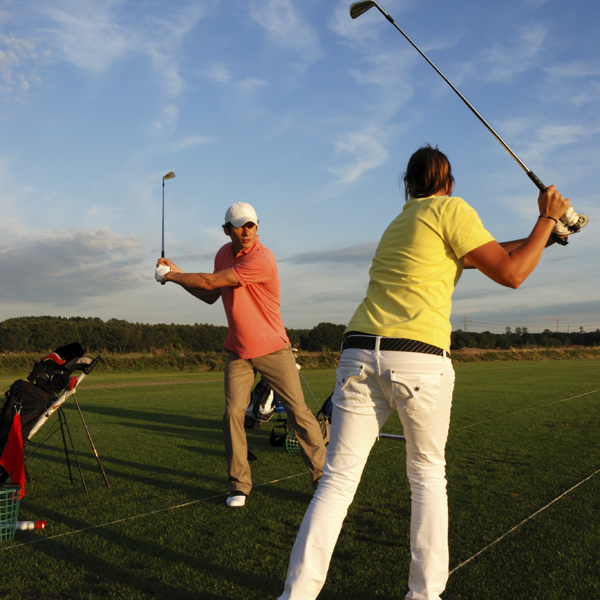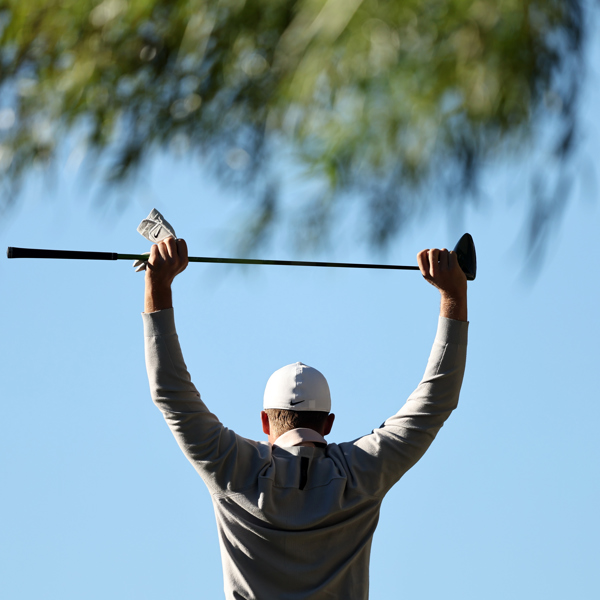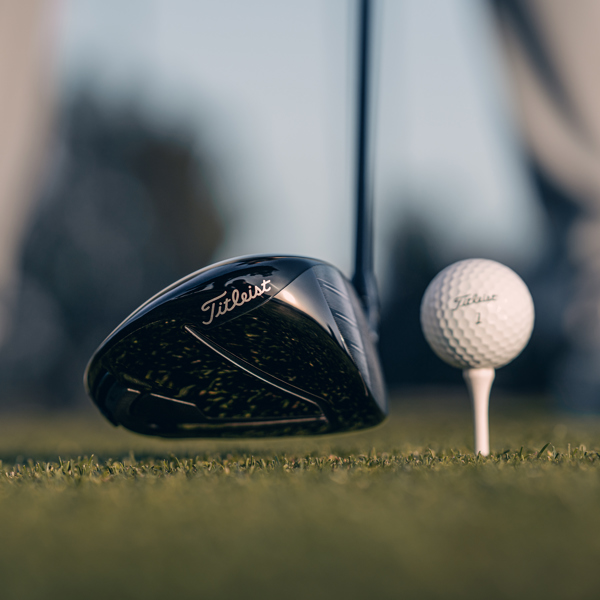There’s nothing like it in the game as we look forward to the 44th Ryder Cup at the Marco Simone Golf and Country Club.
The 2023 Ryder Cup will see two days of foursomes and fourballs matches before 12 singles on the Sunday. In no other week on the men’s golfing calendar do we see the same format take place so, immediately, we are into something different.
The huge bulk of professional golf, at any level, is straight-out strokeplay and, more often than not, four days of it. The matches are played over 18 holes, with no scope for additional holes or play-offs, and, for those first two days, there are only eight players on the golf course at any one time.
Then you throw in two continents playing against one another, with a history of close to 100 years, and two closely-matched teams and you have what is generally regarded as the third biggest sporting event on the calendar behind the Olympics and football World Cup.
Since Great Britain and Ireland became Europe in 1979 we have had nine American wins and 11 to Europe with one tie in 1989. Home advantage counts for plenty – 14 of those 21 matches have resulted in victories for the hosts – but that still doesn’t explain the curiosity that the United States haven’t won on European soil since 1993.
Seve Ballesteros is rightly regarded as Europe’s best match player. From 1983-1991, a period where Europe turned the tables on the Americans Ballesteros contributed a mighty 18.5 points from a possible 25. Ballesteros and Jose Maria Olazabal played more together as a pairing than anyone else and they are the most decorated partnership in the history of the competition.
Their overall record was 11-2-2 which is broken down into 6-1-1 in foursomes and 5-1-1 in fourballs. Their general strategy was that Ballesteros would drive on the par 5s, as he was the longer of the two, and Olazabal would take care of the par 3s wherever possible. Olazabal made his debut at Muirfield Village in 1987 and they would win their first two matches. On the Saturday morning they came up against Ben Crenshaw and Payne Stewart.
“Both of us were quite wayward off the tee but we always managed to keep the score low. We got to the 9th tee, it was a little breeze into and Seve looks at me and says ‘what do you think?’ I tell him that a solid 3-wood will leave a short iron in,” explains Olazabal.
“You know what, he says, I’m going to hit you a little fade with the driver."
“That sounds good to me too. He blocks it way right, in the middle of the trees. The Americans hit 3-wood down the middle. There was no growth and it was just dirt. I tell Seve that there was a small gap and that, if I can hit a 4-iron with a huge cut, then I could maybe cross the water in front of the green.
“Seve tells me to chip it out and give him 90 metres. I leave him 91. They have a 9-iron in and we have played one more shot but Seve says to me ‘Ollie, we are going to win this hole. Just wait’. Their approach pitches on the front edge, kicks right and starts to trickle down towards the water. Halfway down the slope Seve is elbowing me and shrieking ‘what did I tell you!?’ Seve hits it to three feet and we win the hole.
“Seve was pretty much the spirit of the team, the way he talked, the way he looked at you, the way he looked at every member of the team, the self-belief, everything transpired through him. From my point of view he was the core and the spirit of the team.”
This week will see Europe start off with the foursomes before moving to the fourballs. This is a change from the norm and captain Luke Donald explained his thinking succinctly in this week’s press conference.
“We feel like as a team, statistically we are stronger in foursomes within our team than we would be in four-balls. Why not get off to a fast start? That's it.”
The art of foursomes is a mixture of many things; how games complement one another, the players’ stats on certain types of holes, what golf ball they use and, as much as anything, whether they get on.
Sergio Garcia is the record points scorer on either team with a 25-13-7 record and he played on seven winning teams. His name came up in the captains’ press conference this week and, aside from an ability to hit putts with more conviction, it was that attitude that was singled out.
“I wouldn't have thought these players really practise any differently for an event, a regular event, strokeplay event, for the Ryder Cup. You know, Sergio, obviously he just seemed very motivated. His game seemed to elevate in this format. He seemed to always bring a lot of passion and love playing in these Ryder Cups, and he always has. You know, I think that was probably more the reason for him putting better, not changing the way he prepared or practised during a Ryder Cup. I wouldn't see anyone really changing their preparation,” said Donald.
The Sunday singles is probably the most special day on the golfing calendar as leads can be turned around, see Brookline and Medinah, the pace of play is ramped up and the scoreboard ticks over at what feels like a rate of knots. Putts have been holed and missed to determine the outcome and, again, there’s a lot more to it than 12 vs 12 and reverting to playing your own ball again.
Graeme McDowell was known to be disappointed at going out last at Celtic Manor in 2010 and that transpired into him becoming a Ryder Cup hero come the end of the singles.
“When it comes to singles, we talk a lot about where people play in the line-up. Certain places are probably easier to play than other parts. You have to sort of prepare the guys at the end to know that they might have a pivotal role, but in the beginning of their round, it might be quite quiet.”
Play gets underway at 0635 on Friday morning in Rome with the Americans hitting the opening shot – it promises to be a very special week.











